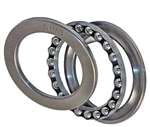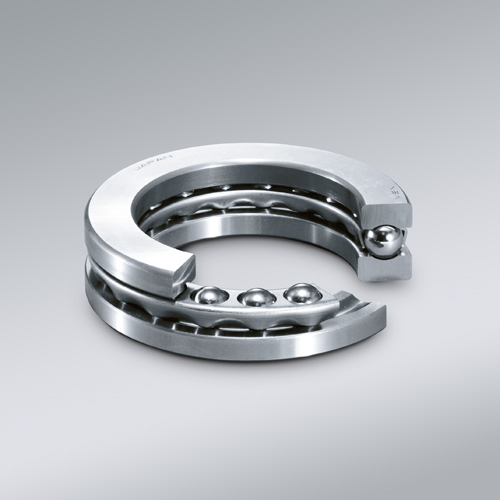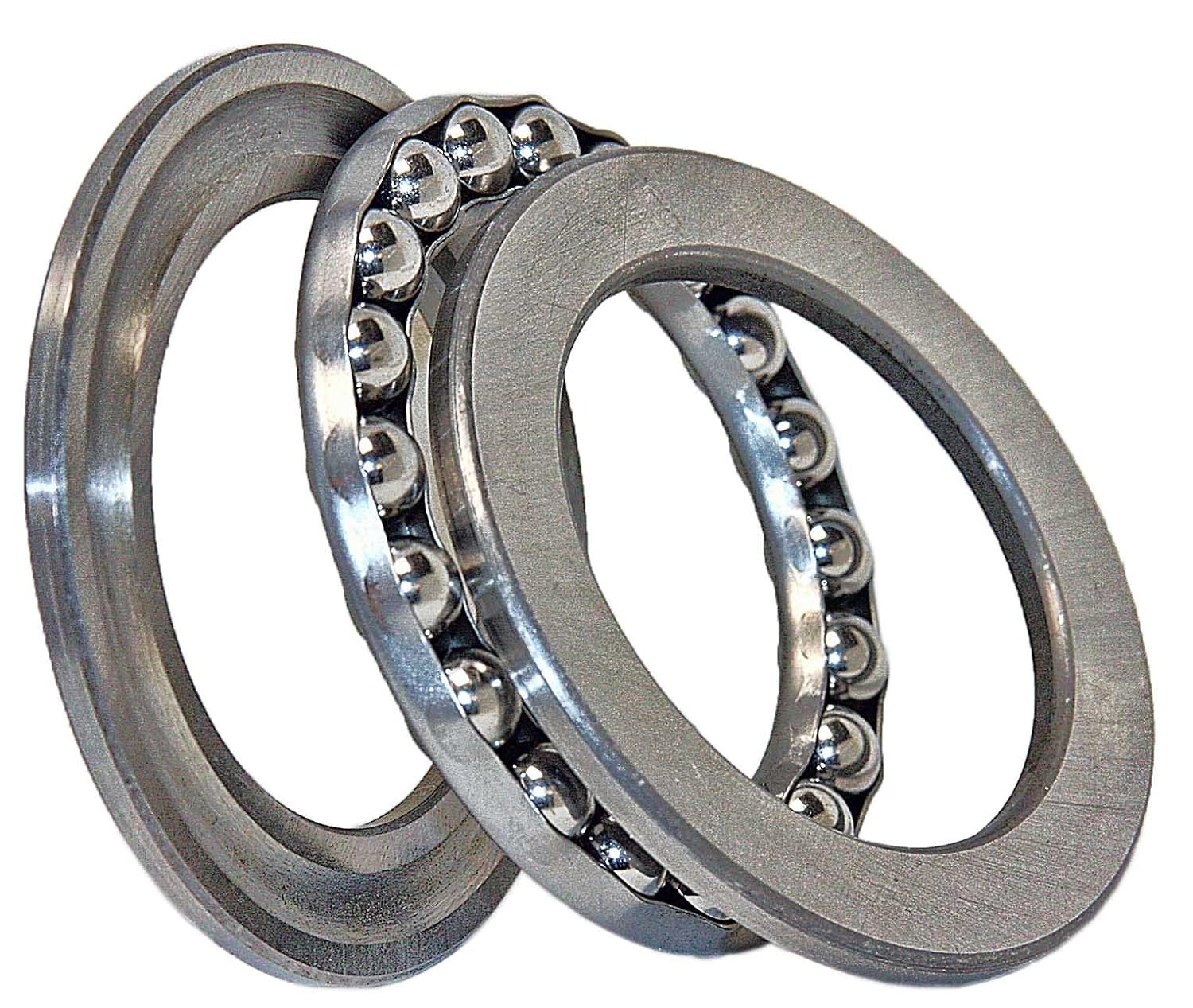Considerations for Selecting the Appropriate Type and Size of Thrust Bearing
Choosing the right type and size of thrust bearing for a specific application is crucial to ensure optimal performance and longevity. Here are the key considerations:
- Load Capacity: Determine the axial load the bearing will experience. Select a thrust bearing with a load capacity that exceeds the application’s requirements.
- Type of Load: Consider whether the load is purely axial or if there are radial components. This will help determine whether a ball or roller thrust bearing is more suitable.
- Speed: Evaluate the speed at which the bearing will operate. High-speed applications may require bearings with specialized designs to manage heat and friction.
- Size and Space Constraints: Measure the available space for the bearing. Choose a bearing size that fits within the designated area.
- Lubrication: Assess the lubrication conditions of the application. Some bearings may require external lubrication, while others are self-lubricating.
- Temperature and Environment: Consider the operating temperature and environmental conditions. Extreme temperatures or harsh environments may necessitate bearings with special coatings or materials.
- Accuracy and Precision: Determine the required level of precision for the application. High-precision applications may need bearings with tighter tolerances.
- Mounting and Installation: Evaluate the mounting options and ease of installation. Some bearings require specific mounting procedures.
- Budget: Factor in the budget for the bearing. High-performance bearings with specialized features may come at a higher cost.
By carefully considering these factors, you can select the appropriate type and size of thrust bearing that best suits the specific requirements of your application.
Extending the Lifespan of Thrust Bearings Through Maintenance
Proper maintenance practices are essential for maximizing the lifespan and performance of thrust bearings. Here are specific maintenance practices that can help extend their lifespan:
- Regular Lubrication: Ensure that thrust bearings are properly lubricated with the appropriate lubricants according to manufacturer recommendations. Proper lubrication reduces friction and wear.
- Clean Environment: Keep the surrounding environment clean and free from contaminants that could infiltrate the bearing and cause damage.
- Alignment: Ensure accurate alignment of components to prevent uneven loads and stress on the thrust bearing.
- Monitoring: Implement regular monitoring of bearing conditions through vibration analysis, temperature checks, and visual inspections.
- Load Management: Avoid subjecting thrust bearings to loads beyond their rated capacities, as this can lead to premature wear and failure.
- Replacement: Promptly replace thrust bearings if signs of wear, damage, or performance degradation are detected.
By adhering to these maintenance practices, the lifespan of thrust bearings can be significantly extended, ensuring reliable and efficient operation of the equipment they are installed in.
Thrust Bearings: Definition and Applications
Thrust bearings are specialized types of bearings designed to handle axial loads, which are forces that act parallel to the bearing’s axis. They are utilized in various mechanical systems where the primary load is directed along the axis, rather than radially. These bearings are commonly found in applications where rotation and linear movement need to be maintained while supporting heavy axial loads.
Thrust bearings are used in a wide range of mechanical systems and industries, including:
- Automotive: Thrust bearings are found in automatic transmissions, where they facilitate smooth shifting by handling axial loads generated during gear changes.
- Aerospace: Aircraft landing gear systems use thrust bearings to support the weight of the aircraft during landing and takeoff.
- Industrial Machinery: Machinery with rotating components, such as industrial fans and pumps, utilize thrust bearings to counteract axial forces generated by the rotation.
- Power Generation: Gas and steam turbines employ thrust bearings to handle axial loads generated by high-speed rotation.
- Marine Applications: Thrust bearings are used in ship propulsion systems to support the axial loads generated by the rotation of propellers.
- Machine Tools: Precision machine tools require thrust bearings to maintain accurate positioning of components under axial loads.
- Heavy Equipment: Construction equipment, such as cranes and excavators, use thrust bearings to support axial loads during lifting and movement.
- Railway Systems: Thrust bearings are used in rail systems to support the axial loads of trains and provide smooth movement.
Thrust bearings come in various designs, including ball thrust bearings, roller thrust bearings, and tapered roller thrust bearings. Each design is tailored to handle specific axial load capacities and application requirements. These bearings play a crucial role in ensuring the stability, efficiency, and reliability of various mechanical systems that encounter axial loads.
editor by CX 2024-05-16




